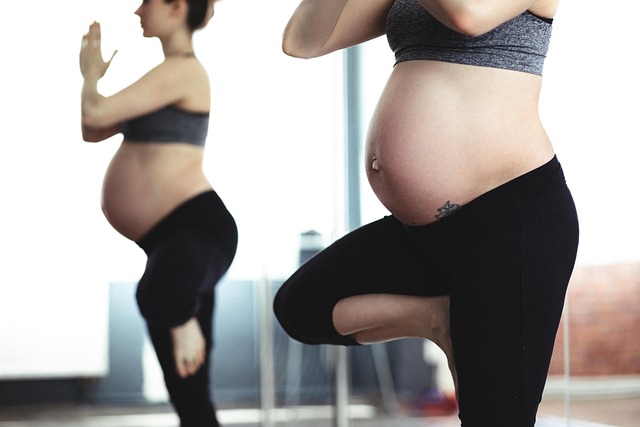Menu: Lifestyle
No One Is Paying Attention To Mothers After Childbirth And They’re Dying
by Sarah Johnson
Updated: July 2, 2020
Originally Published: Aug. 4, 2017
After giving birth, it is essential that mothers receive the same level of care and attention as their newborns. When a mother is hospitalized following the arrival of her baby, that little one is typically the focus of all medical staff. Expecting mothers are inundated with pamphlets that detail how to identify potential health issues with their infants. However, during this process, the well-being of mothers often gets overlooked — a reality that can have tragic consequences.
Emily Thompson, a mother who experienced significant health complications after childbirth, shared her story in a recent NPR article titled, “If You Hemorrhage, Don’t Clean Up’: Advice From Mothers Who Almost Died.” After giving birth in Connecticut in 2015, she faced a stroke and other issues, but her concerns were dismissed as mere hormonal fluctuations and anxiety. Similarly, another mother, Lisa Carter, found the discharge instructions she received to be vague and unhelpful, which delayed her treatment for preeclampsia. Both women are fortunate to have survived their ordeals.
These narratives, along with over 3,000 others, are part of an investigation by NPR and ProPublica into the alarming maternal mortality rates in the U.S. The findings are shocking: “More American women are dying from pregnancy-related complications than in any other developed nation.” The situation is further exacerbated by the fact that approximately 60 percent of maternal deaths occur six weeks or more after childbirth.
Common themes identified in these survivor stories reveal that many new mothers lacked crucial information about their health and had their symptoms dismissed. In many cases, there was little to no follow-up communication from healthcare providers after delivery. This oversight extends to the lack of clear discharge instructions for their recovery and insufficient information about potential postpartum complications. Many women were wholly unprepared for the risks they faced after childbirth.
While it’s imperative for the medical community to improve, there are steps mothers can take to safeguard their health. Knowledge is a powerful tool, and being informed can make a significant difference in emergency situations. The March of Dimes provides a comprehensive list of warning signs to monitor after giving birth, which includes both physical and emotional symptoms:
- Heavier bleeding than a normal menstrual period or worsening discharge
- Pain or redness that persists or worsens, especially around surgical sites
- Persistent feelings of sadness that extend beyond 10 days postpartum
- Fever exceeding 100.4°F
- Pain or burning sensations during urination
- Swelling and tenderness in the legs, particularly around the calves
- Red streaks or painful lumps in the breasts
- Severe abdominal pain, nausea, or vomiting
- Foul-smelling vaginal discharge
Additionally, many are aware of preeclampsia as a serious pregnancy complication, but it can also arise after childbirth, even in previously healthy individuals. Symptoms of postpartum preeclampsia include:
- High blood pressure (140/90 mm Hg or higher)
- Excess protein in urine
- Severe headaches
- Vision changes such as blurriness or light sensitivity
- Swelling in the face and limbs
- Upper abdominal pain
- Nausea or vomiting
- Decreased urination
- Sudden weight gain, typically over 2 pounds in a week
One survivor recommended that mothers consider monitoring their blood pressure at home. If any concerning symptoms arise, seeking immediate medical attention is crucial.
Ultimately, the care and attention given to mothers after childbirth must match that of their babies. Ignoring the needs of new mothers is a reality that demands urgent change. For further insights on maternal health, visit the CDC’s pregnancy resource page. Additionally, for those exploring various family-building options, be sure to check out our post on home insemination kits at Make a Mom. For more information on this critical topic, you can also refer to Modern Family Blog.
Summary
This article sheds light on the overlooked care of mothers after childbirth, highlighting alarming maternal mortality rates in the U.S. It emphasizes the need for improved medical attention for mothers and outlines key warning signs to watch for postpartum complications.
